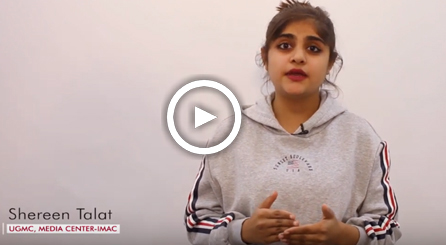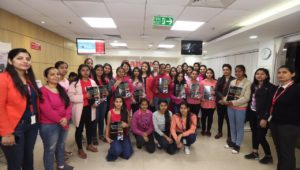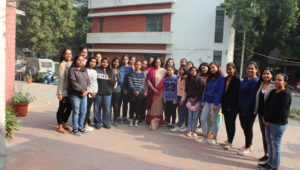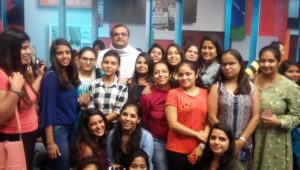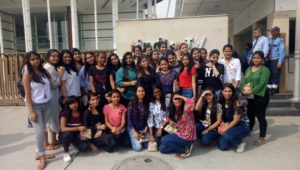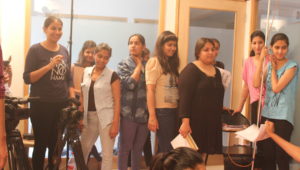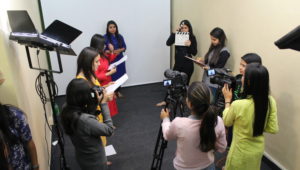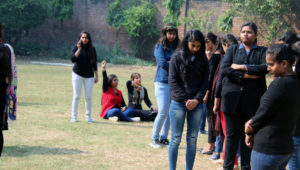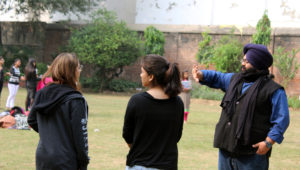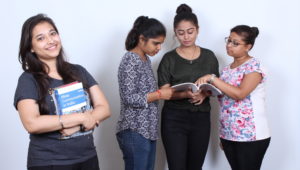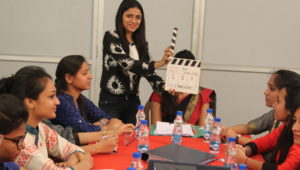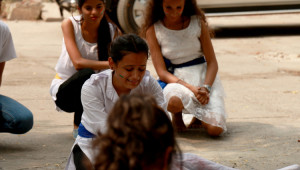Reporting: By reporting, we mean compilation or gathering of facts about current events or background material required for a news story or feature. Reporters do it through interviews, investigations and observation. Reporters are given directions by editors to cover a particular event, known as assignments. They may be general assignments or special ones. Reporters write the news stories, which are called copies. A reporter should write with clarity, objectivity and accuracy. A reporter who covers a particular area or subject specializes in that.
Editing: A person who edits is called an editor. By editing, we mean preparing a news report for publication, telecast or broadcast. Editing is a process by which a report is read, corrected, modified, value-added, polished, improved and made better for publication. Condensation is also part of editing.
BASIC FACTS ABOUT REPORTING
- a) Finding the lead
Ravi is a reporter of a newspaper in a metro city. One evening, he gets information that an aircraft has crashed near the airport. In the next five minutes, he gets more information regarding the accident as follows.
It was not a passenger aircraft.
The PM was travelling in that flight.
It was an Air Force flight.
It was coming from Mumbai to Delhi.
Only ten passengers were on board.
The PM’s personal Secretary and five other senior officials were also
On that flight.
The accident happened because of engine failure.
No survivors in the accident.
Ravi now has to write the story. He has to find a lead. He thinks of various options as the first sentence. Finally, he arrives at the following sentence as lead – “PM dies in plane crash ”.
Can you think of a better lead?
The lead, or opening sentence, is the most important part of a news story. A good lead attracts readers’ attention to the story. The same is the case with listeners and viewers. A good lead will catch their attention and compel them to go through the story.
Like news stories, leads also can be hard or soft. A hard lead is suited for serious stories. A soft lead is ideal for human-interest stories and feature type reports.
- b) Finding the angle
The angle of a news story is its most vital part. A news story is based on the angle it takes. Once a reporter gets all the facts about a story, the choice of selecting the right angle begins. The reporter has to decide it quickly because the story has to be reported at the earliest. So every reporter faces this question of deciding the angle.
Let us see how an angle is selected from a set of facts given. The following salient points are from the union budget presented in parliament.
A National Programme to be launched for the elderly.
Government to establish 16 Central Universities.
Income tax exemption limit hiked, exemption limit for women tax payers
increased.
Farmers to get Rs. 60,000 crore agricultural debt relief package.
Excise duty reduced from 16 percent to 14 percent.
Small cars, two and three- wheelers to cost less.
The reporter has to select the most suitable angle from this. Though all these facts are important for a reader, the reporter has to decide the most important one. Considering that India is an agricultural country and more than 60 percent of the people depend on farming for a living, it will be appropriate if we decide the debt relief for farmers as the angle of the story.
While deciding the angle, the reporter has to weigh various factors. If the reporter is working for a newspaper, the angle should be selected accordingly. If the reporting is for an economic paper, then the angle changes consequently. If it is for a foreign agency, then the angle changes for overseas readers.
- c) Body of a story
Once the lead is finalised and the angle decided, then comes the body of the story. It is the fleshy part. All the facts and figures come in the body. While writing the body, a reporter has to be fluent in the language .A fine story requires an easy flow. By this, we mean the reader should be able to sustain interest till the last sentence. For writing a story, the most commonly used method is of an inverted pyramid.
Inverted pyramid
By inverted pyramid, we mean, while going to the bottom, the importance will narrow down. So when writing the story the reporter should put the crucial points in the opening paragraphs. The less important matters can come in the following paragraphs. Towards the end, the reporter should give least important details of the story, which even if not published does not affect the overall impact of the story.
A good news report should have the following qualities:
- a) Clarity: A report is read by many people in society. It should be in simple language and written with clarity .It should not be ambiguous. It should satisfy the reader’s inquisitiveness. Facts that are not clear to the readers should be avoided. It is said that when the reporter when is in doubt, he should leave it out.
- b) Focus: A report should focus on the main theme of the subject. What the reader expects is information and substance.
- c) Objectivity: The report must be objective. The writer should never take sides. Their personal bias should not be reflected in the story. If there are two sides to a story, both should be given adequate coverage. In other words, the report should be balanced.
- d) Credibility: A report should be credible. Before writing, the reporter should crosscheck the facts and figures. Mistakes can creep in when work is done in haste. It is always better to revise the copy before sending to the editor. If the story can be improved, it should be rewritten.
BREAKING NEWS, EXCLUSIVES OR SCOOPS
These are terms that are commonly used In the media world. By breaking news, we mean a report of any sudden news development which was not known so far and which is of utmost importance to a large section of society. Nowadays, breaking news is a familiar term for those watching television channels. Exclusives or scoops are news reports, which are covered by only one reporter. Nobody else gets it. It is considered to be a great journalistic achievement, a ‘score’ of a reporter.
QUALITIES OF A GOOD REPORTER
There are 20 qualities required for the making of a good reporter. It does not mean that all reporters possess these qualities. It varies from person to person. But it is better if a journalist cultivates it because it pays him in the long run. The following are the qualities –
News sense, clarity, objectivity, accuracy, alertness, inquisitiveness, time consciousness, patience, imagination, farsightedness, self-control, integrity, sincerity, fearlessness, tactfulness, mobility, enthusiasm, readiness to face challenges, reading habit.
[This article is published by Media Center-IMAC in interest of student awareness and career guidance. Media Center-IMAC specializes in Post-Graduate/Under-Graduate diploma courses in Media Studies and Mass Communication & TV journalism. With practical oriented and industry specific course, Media Center- IMAC is a prominent institution in Delhi.
Our alumni have proven themselves in the media world and are currently working at prestigious media organizations and top news channels. Besides full time diploma courses, Media Center-IMAC also offers specialized certificate courses in TV reporting, Digital marketing, video editing, radio jockeying, photography and many more.
For more info, visit: http://www.mediacenterimac.com/
Or email at: mediacenterimac@gmail.com
Or call at: 011 43489010, 8076807939.]








